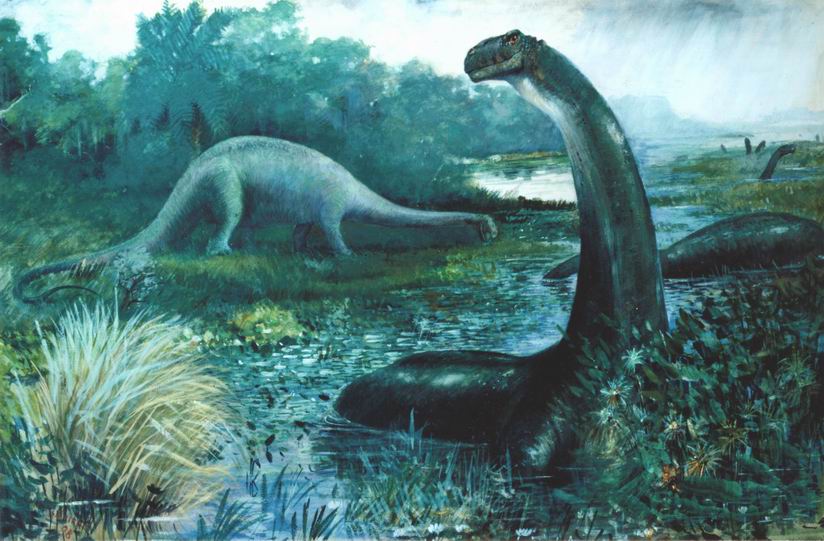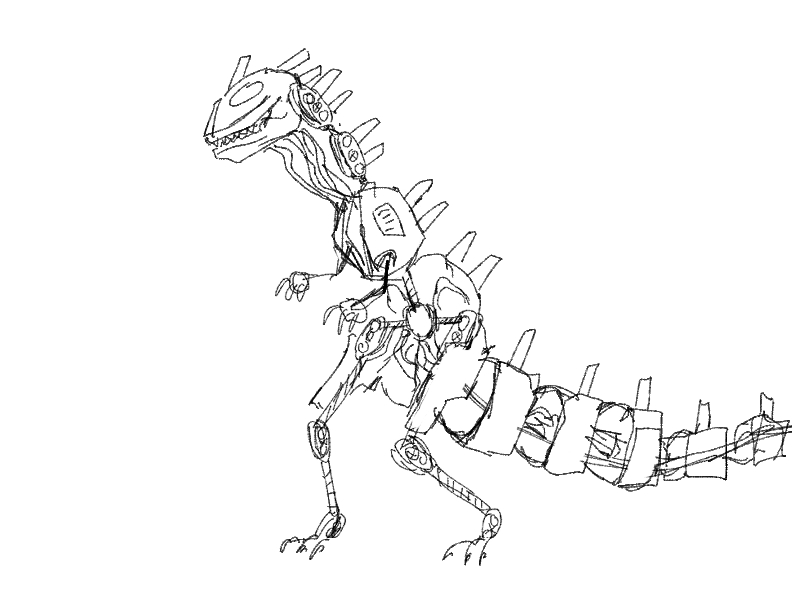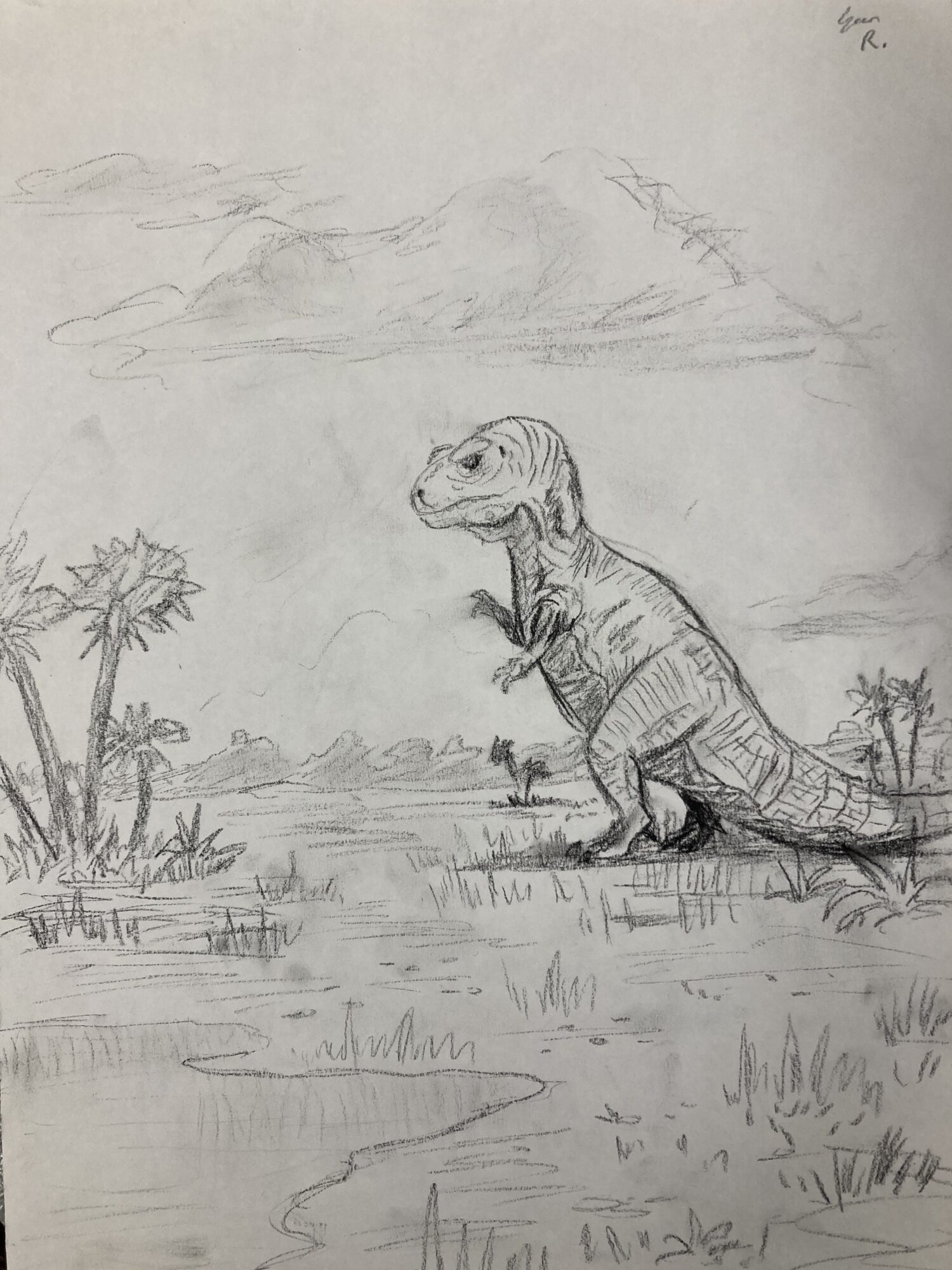I’ve chosen a pretty specific aesthetic for my final project. I’m aiming to create a stop motion model that channels the classic era of dinosaur media. Generally, the term ‘paleoart’ is used to refer to any art that attempts to depict dinosaurs or other prehistoric animals with as much scientific accuracy as possible. But the thing about paleontology, and science in general, is that our understanding is constantly updating and improving as more research is done. The standard for what counts as ‘scientifically accurate’ can change quite a lot over time, so paleoart tends not to age very well, at least from an accuracy standpoint. Depictions of dinosaurs look a lot different now than they did a hundred years ago, and those look a lot different from depictions from two hundred years ago. Since these different ‘eras’ of dinosaur art have such distinct visual characteristics, they’ve become aesthetics unto themselves, now that they are no longer held to the standard of following the current research.
For this project, I’m aiming to utilize the early 1900s era of paleoart, dominated by artists like Charles R. Knight. Dinosaurs in this era were depicted as very lizardlike, with their tails dragging on the ground behind them. Carnivorous theropods were often seen standing upright like people. Long-necked sauropods usually appeared lounging in swamps, as it was believed they were too big and sluggish to support their own weight outside of water.

This is the style that filmmakers drew the most inspiration from during the 20th century; dinosaurs were a centerpiece of special effects-focused films from the very start, and upright reptilian dinosaurs dominated cinemas all the way until the 80s and 90s, when new research set the stage for the more active, birdlike dinosaurs seen in 1993’s Jurassic Park and beyond.
It’s also worth noting that classic stop motion for special effects could probably also be described as its own aesthetic; much like paleoart, the craft of stop motion has evolved a lot over the past century, and older construction techniques produce a different look to today’s stop motion. You can read more about this specific stop motion style in my previous post.
As far as possible aesthetic alternatives, one idea I had would be a kind of sci-fi or cyberpunk model. I think it would be relatively easy to take my original plan and take it in this direction; in particular, the metal armature I’m hoping to build could easily be repurposed as a sort of robot dinosaur.

I wonder how I would do this project in, say, a cottagecore aesthetic. Instead of going with the rubber skin, I could cover it with some kind of floral print fabric, leave out the claws, maybe even add some feathers for both softness and scientific accuracy.

Sources
- ‘Brontosaur’, Charles R. Knight, 1919. On display at the American Museum of Natural History, New York. http://www.charlesrknight.com/AMNH.htm


2 Comments. Leave new
Hey Sean, this is such an awesome project! I learned a lot of new information about the history of scientific illustration and paleontology from your research–thanks for sharing, it was super cool and well presented! I like your alternative aesthetic explorations, the cyber dinosaur reminds me of Mechagodzilla. I am excited to see the final project!
Hey Sean, your sketches look amazing! What material are you planning on using for the model?